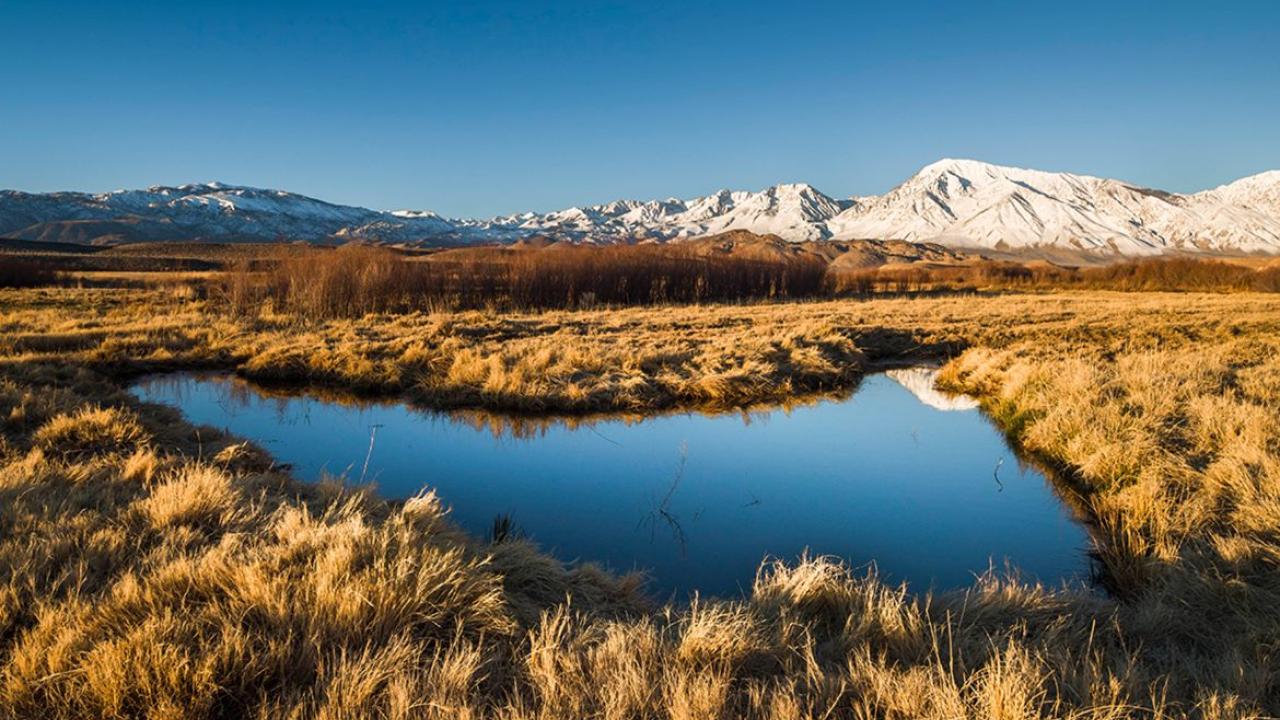The fate of Owens Valley, which was transformed from pasture to desert in just 13 years, became a fable that was enshrined in the public imagination, most notably through the 1974 film Chinatown. Almost 50 years after, Mono County tribal leaders and ranchers are fighting L.A. water authorities to prevent the repeating of history in Long Valley, 50 miles north of Owens Valley.
In a new documentary called Without Water, Stephanie Pincetl, director of the California Center for Sustainable Communities at UCLA (and a member of the Sustainable LA Grand Challenge Faculty Advisory Cabinet), argues that Long Valley is a test case for big cities seeking smarter ways to provide water to their customers without creating new dust bowls. It’s an issue that’s historically, legally and morally complex.
The Los Angeles Department of Water and Power (LADWP) still draws water from the eastern slope of the Sierra Mountains and delivers it to the metropolitan area via the Los Angeles Aqueduct, completed in 1913. Pincetl argues that the aqueduct was built when water seemed limitless. Today’s LADWP, she says, must rethink available water sources before taking more water from Long Valley.
“In the face of climate change, we can manage water scarcity in L.A. through reorganizing existing structures, so we only import water in wet years and store it here for future use,” she said. “LADWP has to communicate that people have to use less water.”
The issue is forcing officials to revisit the interrelationships of Southern California communities. “Today, we do not give water the priority it needs,” Pincetl said. “Maybe it is too tough a challenge for many leaders. That makes fresh thinking for tomorrow all the more urgent.”
Read more about the recent documentary on UCLA Newsroom.
Image Source: Haizhan Zheng / ISTOCKPHOTO





